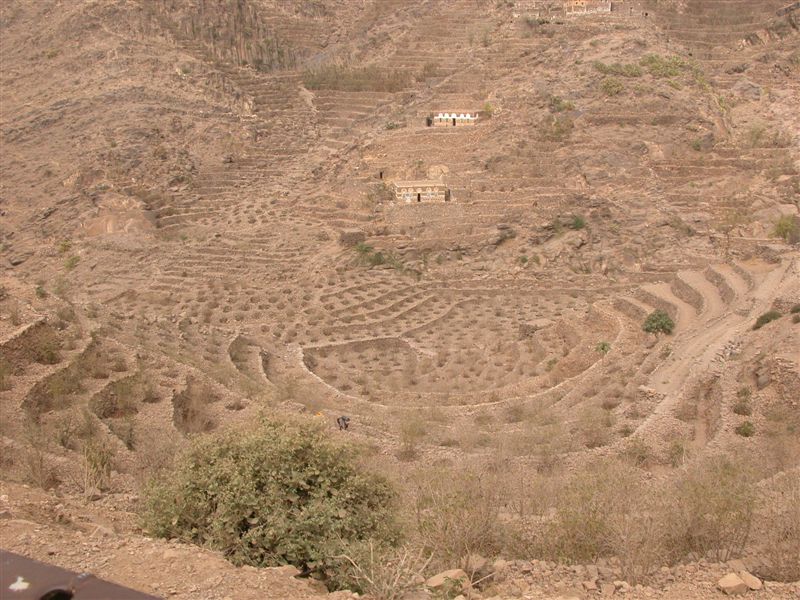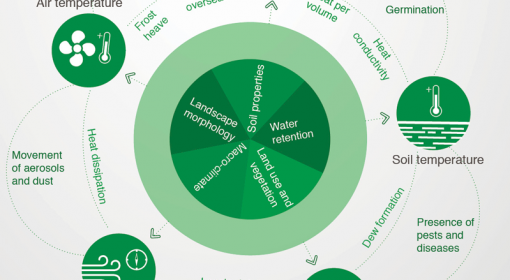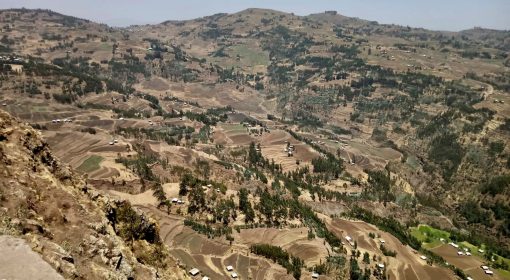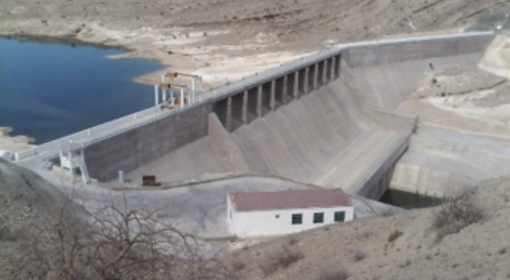posted by Frank van Steenbergen
January 21, 2013
Even as surface water is overcommitted and even new groundwater resources get scarce, one major frontier of water remains untapped: water from the atmosphere or, to be more poetic, dew.
Dew is formed when the temperature of air with a certain moisture level cools below a certain temperature. The air becomes too cold to carry all this moisture and dew appears. This is the so-called dew point. Dew particularly appears where the temperature at night drops many degrees. It is also common in areas where the atmosphere is full of moisture. For instance, on mountainous islands or in hilly coastal areas, an air heavy with moisture from the sea is pushed up the slopes.
While some say that the amount of dew does not add up to much water, the law of many small numbers may apply. It seems there are several resource systems where dew is an important source of moisture (such as Costa Rica’s ‘cloud forests‘) – aided sometimes by traditional systems to harvest dew. Some examples:
In several parts of the dry highlands of Ethiopia, it is very common for farmers not to remove stones from the soil but rather keep them there. This makes tillage more difficult, but dew forms on the stones and contributes significantly to soil moisture.

An even more spectacular from of dew harvesting comes from Yemen. In Harraz, an entire valley – impressively – is blanketed with stones and trees grow in between. This minimizes soil evaporation but also maximizes the use of dew (see picture above).
The impact of dew close to lakes and reservoirs is quite significant. In the Polog reservoir in Macedonia, vegetable cultivation is uncommon even though the urban market of Skopje is not far. The reason is the dew that settles in the morning from the moist air above the lake. The combination of morning sun and dew burns the young vegetable plants. However, where there is some open space where wind can blow across freely, the problem does not occur.
Reservoir-generated dew is also important in dam system in Alborsz, Iran – but in a positive way. Over the past few decades, many high dams have come up in this Black Sea coastal region. Farmers deplore the loss of land that comes with this but in some places the loss was partly compensated because the productivity of the potato fields on mountain slopes jumped up, courtesy the now-abundant dew brought from the dam’s storage reservoir.
There have been a number of devices designed to transform dew into water (Watch some examples). For all the small miracles of ingenuity, one may question whether they can be scaled up easily. Perhaps a more promising approach is to convert dew into soil moisture in the landscape, and retain it there as long as possible. There are several simple ways that can help here: the use of stones or more sophisticated soil conditioners; or by the placing windbreaks to prolong the duration of shade in the morning, leaving dew on the land a little longer.
{jcomments on}



